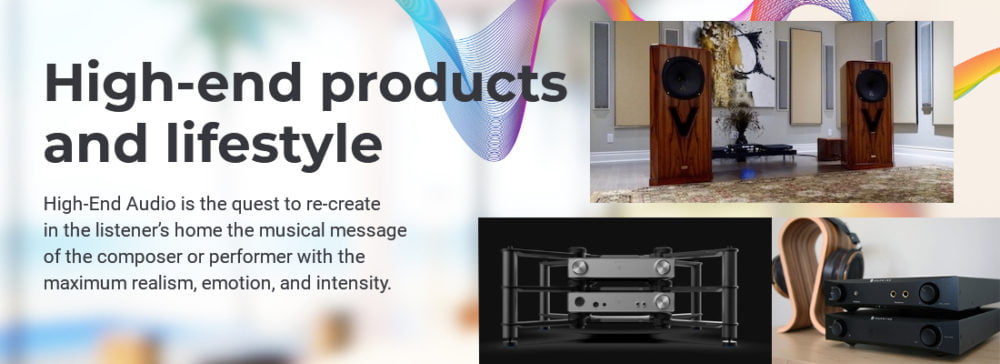
What qualities distinguish a good audio system?
Let’s start with a misconception. “Wow! I’ll bet that can play loud!” This, or something like it, is typical of the newcomer’s reaction to an audiophile’s setup, particularly if the speakers are large.
Why a system’s loudness capability should be the measure of excellence isn’t difficult to understand. People install often quite costly sound systems in their cars. Some of the larger specimens seem capable of shaking their host vehicle apart. The pavement trembles when one passes by. A club’s sound system is in the same league: ear-splitting, gut-wrenching, floor-buckling output. With the exception of classical music, which is rarely ever amplified, the same is true for most live concerts. Domestically, the average boom box can break a lease. TV ads featuring hard-pumping woofer cones say it all.
On actually sitting down and listening to our hypothetical audiophile’s sound system, the newcomer will likely say “Wow!” again, followed this time by “It’s so clear!”
Clarity. The term takes in a host of qualities. As strange as this may seem, one of clarity’s principal components is silence. A silent audio system –– an audio system that contributes little to no noise of its own –– reveals the music all the more clearly at listening levels from soft to loud.
Resolution likewise contributes to clarity. Imagine two mounds of sand in bright sunlight. One mound is mixed with mud. It’s difficult to see its individual grains. The other mound is free of mud. You have no trouble seeing its tiny, glittering bits. And so it is with high-quality audio. The music shines through. Nothing muddies the sonic image. You hear the texture of a singer’s voice almost as if she’s in the room. Instrumental timbres allow you to distinguish the purposeful grunge of the rockers’ guitars. Violas differ from violins, likewise oboes from English horns. A good sound system allows you to make these listening distinctions.
Soundstage. Another critically important measure of an audio system’s quality is its ability to project a convincing soundstage. Can you perceive its width and depth? Is it realistically proportioned? Can you hear the venue as large or small? Is it clear to you where the musicians perform within the soundstage? Depending on the style of recording, our audiophile’s sound system provides the answers. And of course the pleasures.
Speed. An audio system’s superior speed produces crisp, clean attacks: a violin or trumpet’s edge, a drummer’s rim shot, a marimba’s wooden loveliness –– all those little delights that mimic live music.
Bass. To return to trembling pavements and hard-pumping woofer cones, the audiophile’s guest will be pleasantly surprised to discover that a high-quality sound system’s low end is as tuneful and clean as the rest of the audio spectrum. Again, no mud. Just lovely, well-defined sounds. A good audio system aims at naturalness.
Size. Good audio is not necessarily big audio. If you shop wisely, you need not spend a fortune to achieve a high level of audio performance. With these pointers as a guide, the newcomer has a good idea of what to listen for. The least expensive NuForce components will more than satisfy modest applications. With our reference-grade components serving as the culmination of all our efforts, our entire line answers to the same ideal: accurate, vibrant, lifelike sound.
